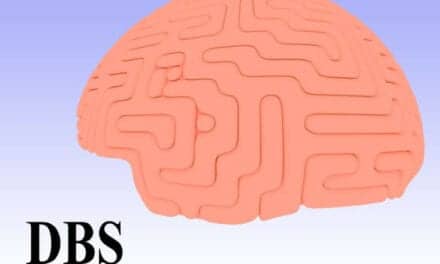Traffic conditions and patterns affect stroke care access, particularly in socioeconomically disadvantaged neighborhoods, according to a University of Southern California (USC) study.
In the study, published recently in Academic Emergency Medicine, researchers from the Keck School of Medicine of USC and the USC Schaeffer Center for Health Policy & Economics analyzed how long it would take Los Angeles County emergency medical services to transport patients to comprehensive stroke centers (CSCs).
Los Angeles County has 16 CSCs spread across the county, which provide advanced stroke care often not available at other hospitals. Emergency medical services protocols in Los Angeles County specify that patients who are showing symptoms of certain acute strokes be transported to a CSC if the expected transport time is less than 30 minutes, even if a non-CSC hospital is closer.
While access to CSCs has traditionally been broken down by areas that “always have access” and “never have access,” this study revealed a third category: areas that have only intermittent access to CSCs within 30 minutes, depending not on distance, but on shifting traffic conditions throughout the day.
The study suggests that nearly 20% of the population has only intermittent access to CSCs, and many of these individuals live in the urban core of the city, including South Los Angeles and East Los Angeles. The findings also revealed that areas with intermittent access have the largest Latino and African American populations, as well as those living below the poverty line, a media release from University of Southern California – Health Sciences explains.
“While people in these areas might have a CSC close to them if you look at a map, their ability to get to the hospital may be determined by what hour they had the stroke,” says Dan Dworkis, MD, PhD, the study’s lead author and an assistant professor of clinical emergency medicine at the Keck School.
“CSCs have the latest therapies other hospitals may not, including potential life-saving treatments. For patients experiencing a stroke, access to these treatments is often critical.”
Researchers also found that almost 80% of the population has access to a CSC within 30 minutes. Less than 5% has no access to a CSC within 30 minutes. Those without access live in more rural areas, such as northeast Los Angeles County.
Dworkis was joined in the study by colleagues Sarah Axeen, PhD, an assistant professor of research emergency medicine at the Keck School and a fellow at the USC Schaeffer Center, and Sanjay Arora, MD, an associate professor of clinical emergency medicine at the Keck School and a clinical fellow at the USC Schaeffer Center.
The team assessed the driving time to the county’s CSCs from various communities. Transit times were measured 12 times during non-holiday weekdays, including morning and evening rush hours, over the course of 2 weeks.
The researchers hope these findings will influence where future comprehensive stroke centers are established. For example, based on their findings, South Los Angeles, with a population of 1.14 million, might have a greater need for advanced stroke care resources than northeast Los Angeles County, with only 479,000 residents, the release continues.
While the study was limited to Los Angeles County, the study authors believe their findings have relevance for other urban areas.
“Our research demonstrates the value of incorporating data on traffic patterns when analyzing access to comprehensive stroke centers across the country,” Axeen states.
“In the future, public health officials and policymakers across the country should consider traffic when deciding how to optimize the distribution of a region’s stroke resources.”
[Source(s): University of Southern California – Health Sciences, EurekAlert]





